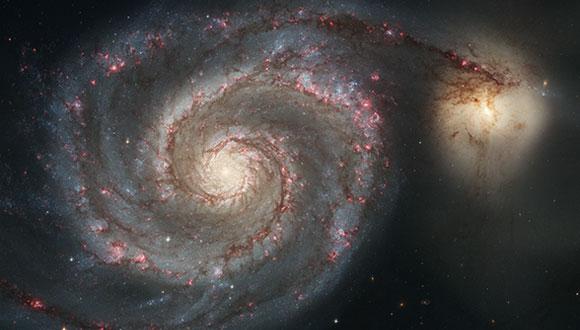Astronomy & Astrophysics Seminar: Fast Evolving Pair-Instability Supernovae
Dr. Alexandra Kozyreva, Keele University
Abstract:
With an increasing number of superluminous supernovae (SLSNe) the mystery of their origin remains and causes heated debates in the supernova community. Currently, there are three proposed mechanisms for SLSNe: (1) pair-instability supernovae (PISN), (2) magnetar-driven supernovae, and (3) models in which the supernova ejecta interacts with a circumstellar material ejected before the explosion (a shell or wind). The PISN origin of SLSNe is disflavoured for a number of reasons. Many PISN models provide massive ejecta and a high amount of nickel. In the current study we re-examine PISNprogenitor models computed with the GENEC code.We produce our supernova evolution with the radiation hydrodynamics code STELLA. We found that high-mass models (200 M⊙ and 250 M⊙) at relatively high metallicity (Z=0.001) produce sufficiently fast evolving PISNe and are suitable for the explanation of some SLSNe. We simulate an additional set of PISNe and compare light curves computed with the following radiation codes: STELLA, SEDONA, CMFGEN, RADA, RAGE-SPECTRU.
Seminar Organizer: Prof. Sara Beck


